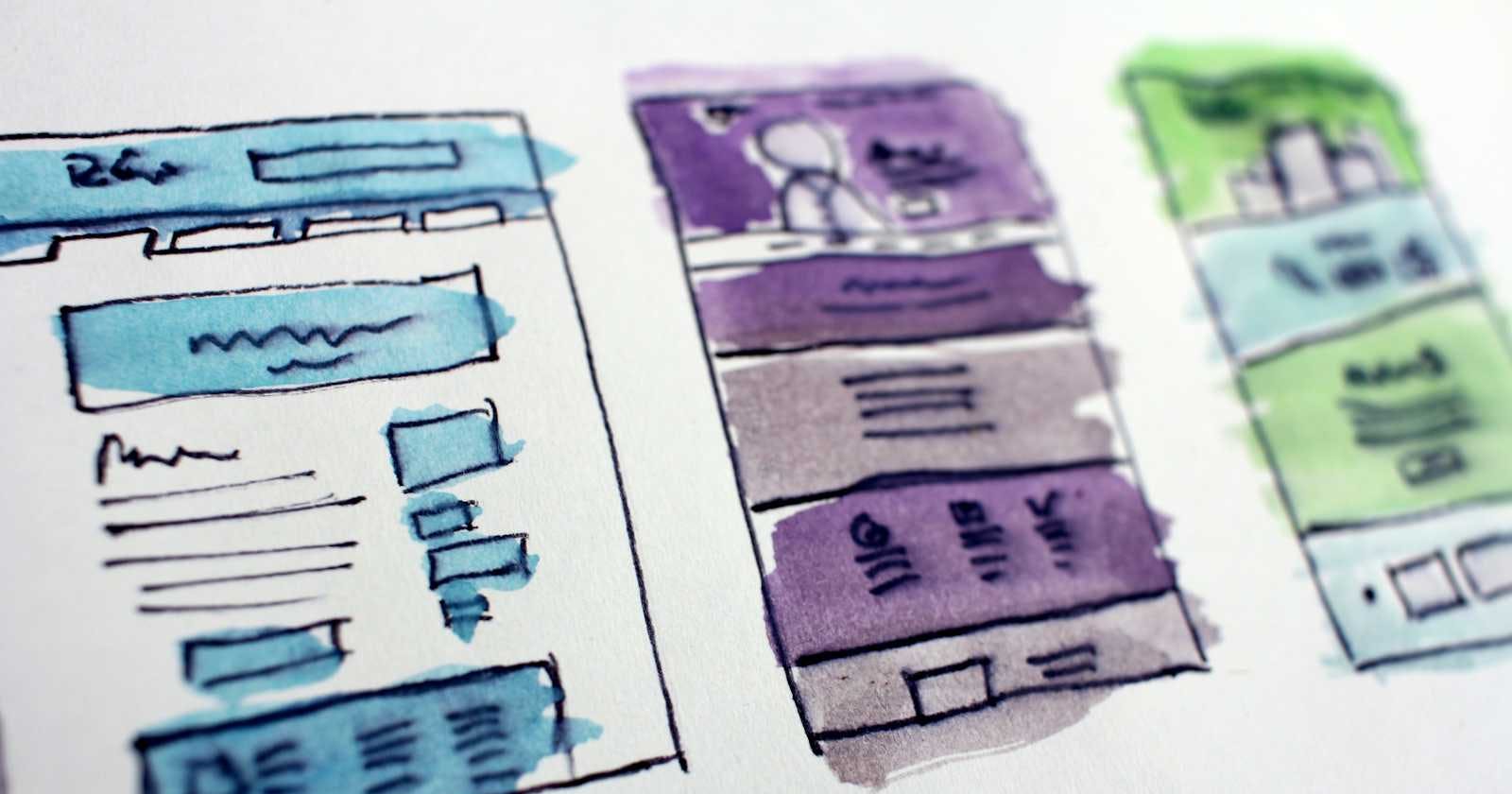
Photo by Hal Gatewood on Unsplash
Introduction to Design Patterns: Building Efficient and Scalable Software Solutions
What are Design Patterns?
Design patterns are the blueprints of software development, offering reusable solutions to common problems encountered during the design and implementation of software systems. They provide a structured approach to solving design challenges, promoting code maintainability, scalability, and flexibility. Understanding design patterns empowers developers to create elegant, efficient, and robust software solutions.
In this introductory post, we'll explore the fundamentals of design patterns and embark on a journey to delve deeper into various types of design patterns.
What are Design Patterns?
In software engineering, a design pattern is a general, reusable solution to a commonly occurring problem within a given context in software design. Design patterns encapsulate best practices, proven solutions, and principles of object-oriented design, enabling developers to address design challenges effectively while promoting code reusability and maintainability.
Why Use Design Patterns?
Design patterns offer several benefits:
Proven Solutions: Design patterns encapsulate solutions that have been tried and tested in real-world scenarios, reducing the risk of design flaws and errors.
Reusable Components: By promoting code reuse, design patterns help developers avoid reinventing the wheel, saving time and effort.
Scalability: Design patterns facilitate the creation of scalable software architectures by providing modular and flexible solutions to design problems.
Maintainability: Design patterns promote code modularity and separation of concerns, making it easier to maintain and extend software systems over time.
Common Language: Design patterns provide a common vocabulary for discussing and documenting software design decisions, enhancing collaboration among developers.
Categories of Design Patterns
Design patterns are typically categorized into three main groups based on their purpose:
Creational Patterns: Creational patterns focus on the process of object creation, providing mechanisms for creating objects in a manner that promotes flexibility and decouples the client code from the objects being created. Examples include Singleton, Factory Method, Abstract Factory, Builder, and Prototype patterns.
Structural Patterns: Structural patterns deal with the composition of classes and objects, addressing how classes and objects can be combined to form larger structures while keeping the system flexible and efficient. Examples include Adapter, Bridge, Composite, Decorator, Facade, Flyweight, and Proxy patterns.
Behavioral Patterns: Behavioral patterns focus on the interactions between objects and the distribution of responsibilities among them, defining algorithms and communication patterns. Examples include Observer, Strategy, Chain of Responsibility, Command, Iterator, State, Template Method, and Visitor patterns.
Starting Our Journey into Design Patterns
Now that we've established the importance and relevance of design patterns in software development, we are ready to embark on a deeper exploration of various design patterns. In the upcoming posts, we will delve into specific design patterns, examining their principles, use cases, and implementation details. Whether you're a novice developer eager to enhance your skills or an experienced architect seeking to refine your design expertise, join us on this journey to unlock the power of design patterns and elevate your software development practice to new heights.
Stay tuned for our next post, where we'll dive into the Singleton pattern, a foundational creational pattern widely used in software development.
In the meantime, feel free to share your thoughts, questions, and experiences with design patterns in the comments section below. Let's embark on this exciting journey together!
